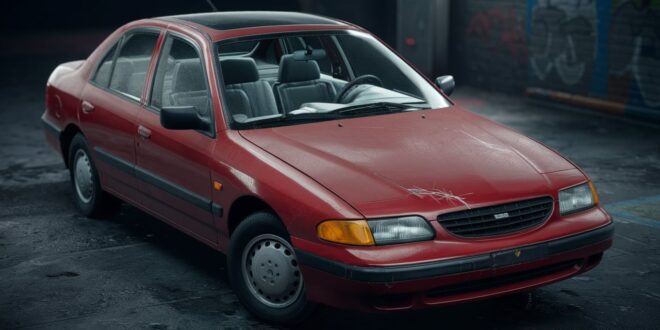Are you in the market for a used car but feeling overwhelmed by the process? Look no further, as we break down the 3 essential steps to make your buying experience a breeze. Buying a used car can be a smart financial decision, but its important to do your research and follow a structured approach to ensure you get the best deal.
From setting a budget to inspecting the vehicle, we’ve got you covered with expert tips to help you navigate the world of pre-owned cars. So, buckle up and get ready to hit the road to your new set of wheels!
1. Researching and Shopping for a Used Car

Researching and shopping for a used car can be an overwhelming process, but with the right steps, it can also be rewarding. The first essential step is to do thorough research before even stepping foot on a car lot.
Make sure to check out different car models, prices, and features to determine what best fits your needs and budget. Online resources such as car review websites, forums, and classified ads can provide valuable information to help you make an informed decision.
Additionally, consider getting a vehicle history report to ensure that the car you are interested in has a clean record. Once you have done your research, its time to start shopping for your dream car.
Visit multiple dealerships, test drive different cars, and don’t be afraid to negotiate the price. Remember, buying a used car requires careful consideration and patience, but with the right approach, you can find the perfect vehicle for your needs.
2. Inspecting and Test Driving the Vehicle

Once you have narrowed down your options and found a used car that fits your criteria, the next step is to thoroughly inspect and test drive the vehicle. This is a crucial step in the buying process as it allows you to assess the overall condition of the car and determine if there are any underlying issues.
Before starting the inspection, make sure to check the exterior for any signs of damage or rust. Next, pop the hood and check the engine for any leaks or unusual noises.
Then, take the car for a test drive to get a feel for how it handles on the road. Pay close attention to the brakes, steering, and overall performance of the vehicle.
By conducting a thorough inspection and test drive, you can ensure that you are making a smart investment in a reliable used car.
3. Negotiating and Closing the Deal

When negotiating and closing the deal on a used car, its important to be prepared and knowledgeable about the process. Start by researching the market value of the specific make and model you are interested in to ensure you’re getting a fair price.
Don’t be afraid to negotiate with the seller and be willing to walk away if the deal isn’t right for you. Consider factors such as the overall condition of the car, any necessary repairs or maintenance, and the sellers motivation to sell.
Once you and the seller reach an agreement, make sure to carefully review the contract and any additional paperwork before finalizing the deal. Its always a good idea to have a trusted mechanic inspect the car before making a final decision to ensure you’re making a sound investment.
By following these steps and being prepared, you can confidently negotiate and close the deal on a used car that meets your needs and budget.
Conclusion
In conclusion, purchasing a used car can be a great way to save money and find a reliable vehicle that meets your needs. By following the three steps outlined in this article – researching, inspecting, and negotiating – you can ensure that you make an informed decision and get the best possible deal.
Remember to also perform a salvage car check to avoid purchasing a vehicle with a troubled history. With careful planning and attention to detail, buying a used car can be a rewarding experience that results in a quality vehicle for years to come.
 HQ Grande Prairie HQ Grandie Prairie is an online news portal aimed at providing latest day to day happenings of the World to its viewers.
HQ Grande Prairie HQ Grandie Prairie is an online news portal aimed at providing latest day to day happenings of the World to its viewers.

